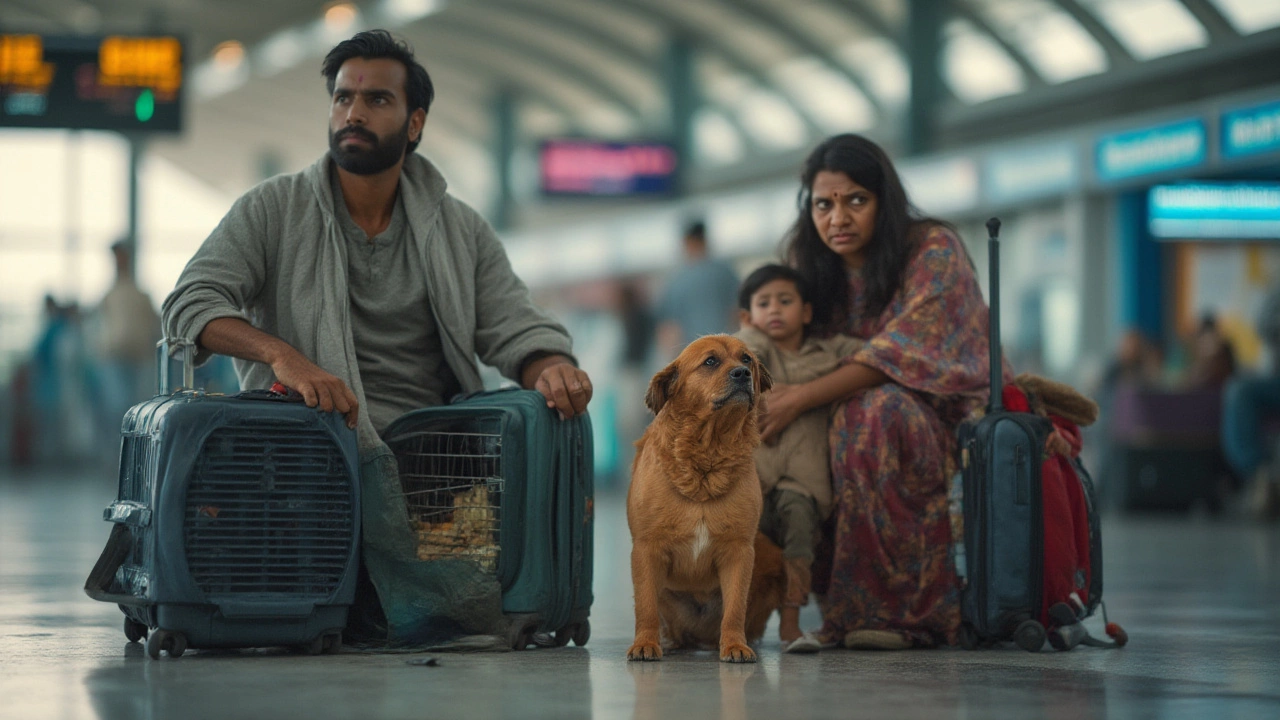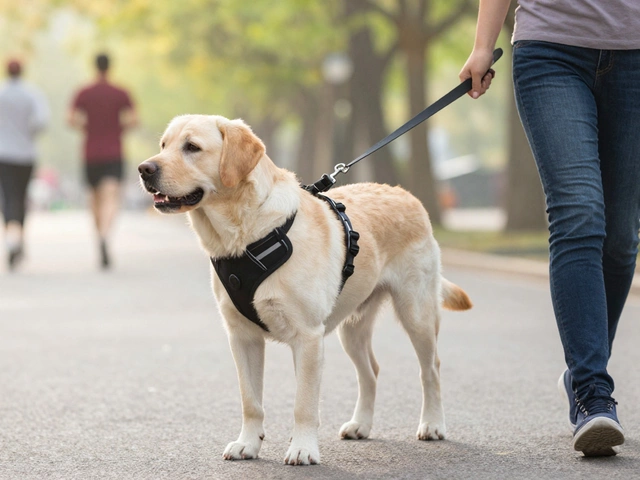Pets in Cargo: Safe Air Travel Tips for Your Furry Friends
Thinking about sending your dog or cat in the cargo hold? It can feel risky, but with the right prep you can cut the stress and boost safety. Below you’ll get straight‑to‑the‑point advice on what airlines expect, how to pack, and what to do on the day of travel.
What to Expect When Flying Cargo
Airlines treat cargo pets like any other freight: the animal travels in an IATA‑approved kennel, the temperature is controlled, and the flight crew follows a set protocol. Not all airlines allow the same breeds—brachycephalic dogs (like Bulldogs) often face bans because they’re prone to breathing problems. Check the carrier’s size limits; the kennel must fit snugly in the hold and allow the pet to stand, turn around, and lie down.
Most carriers require a health certificate issued within 10 days of departure. The vet will confirm vaccinations are up‑to‑date and that your pet is fit to fly. Expect a small fee for cargo handling, and remember that some airlines charge extra for larger kennels or for live‑animal supervision.
How to Prepare Your Pet for a Cargo Flight
Start the prep at least two weeks before the trip. Get an IATA‑compliant kennel that’s sturdy, well‑ventilated, and big enough for your pet to move. Put a familiar blanket or toy inside—this helps reduce anxiety without adding loose items that could shift.
Acclimate your pet to the kennel by feeding meals inside and taking short “practice trips” around the house. If your dog gets nervous, a short vet‑approved calming supplement can make a difference, but avoid sedatives unless a vet says it’s safe.
On travel day, give your pet a light meal a few hours before the flight and plenty of water up to the last minute. Avoid feeding right before the flight to reduce the chance of an upset stomach. Arrive at the airport early so you have time for the check‑in process and a quick walk to let your pet stretch.
When you hand over the kennel, label it clearly with your contact info, the pet’s name, and any special instructions (e.g., “temperature‑controlled”). Ask the airline staff to confirm the kennel is placed in a temperature‑controlled section of the cargo hold. Most airlines will give you a cargo receipt with a tracking number—keep it handy in case you need to follow up.
After the flight, head straight to the cargo claim area. Open the kennel calmly, check for signs of stress, and let your pet out to stretch. Offer water and a small snack, then give a lot of praise. If you notice any unusual behavior—excessive panting, vomiting, or lethargy—call your vet right away.
Flying pets in cargo isn’t for everyone, but many owners ship dogs and cats safely every year. The key is preparation, the right carrier, and staying informed about each airline’s rules. Follow these steps, and you’ll give your pet the best chance for a calm, secure journey.
Ready to book? Double‑check breed restrictions, book early, and keep a copy of the health certificate in your carry‑on. Your pet’s comfort starts with you, so take the time to plan, and the flight will go much smoother for both of you.

Is Flying in Cargo Traumatic for Dogs? What Every Owner Needs to Know
Worried about dogs flying in cargo? Discover science-backed truths, common risks, coping strategies, and must-know tips so you can make smart choices for your pup.
read more



